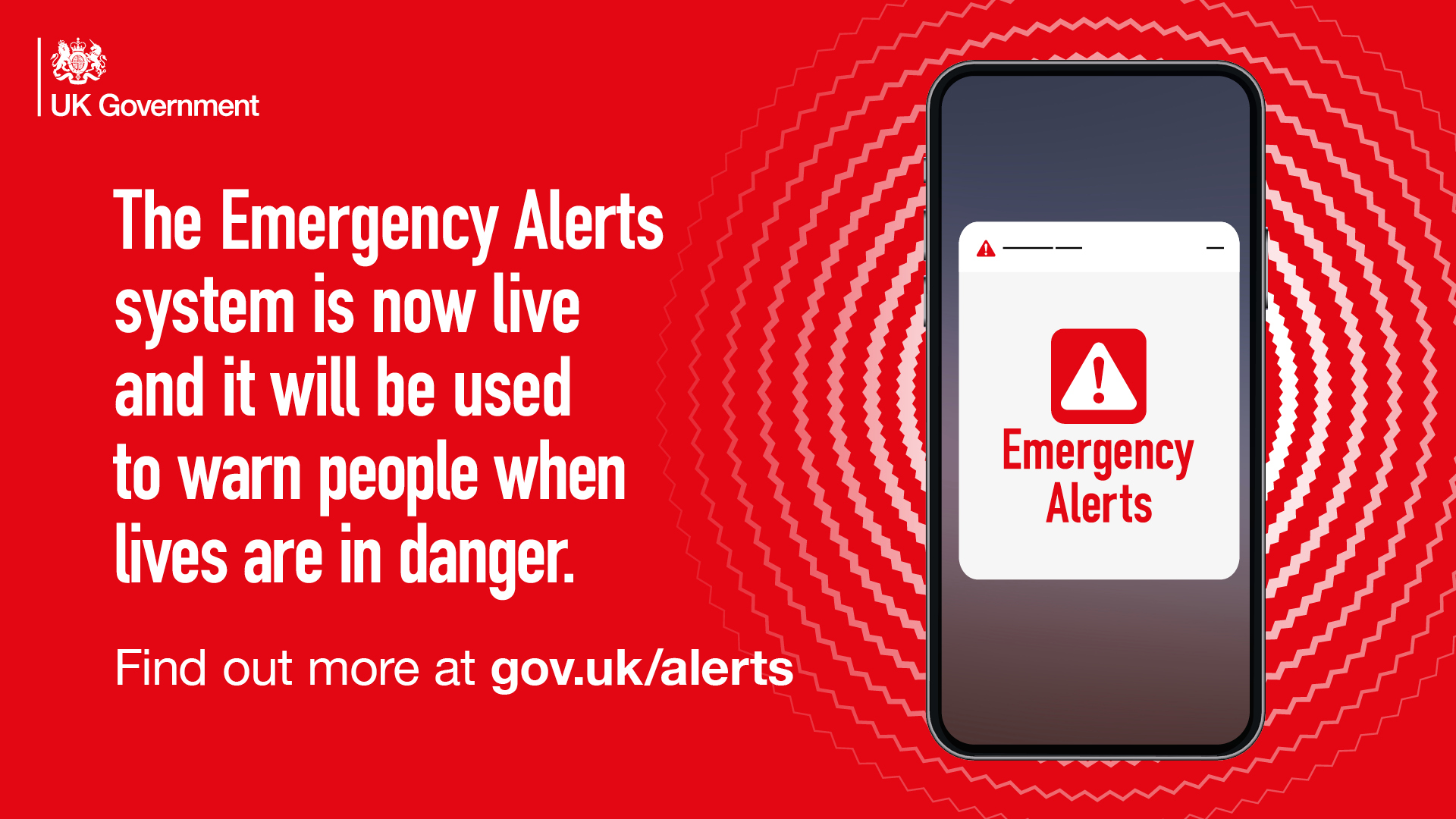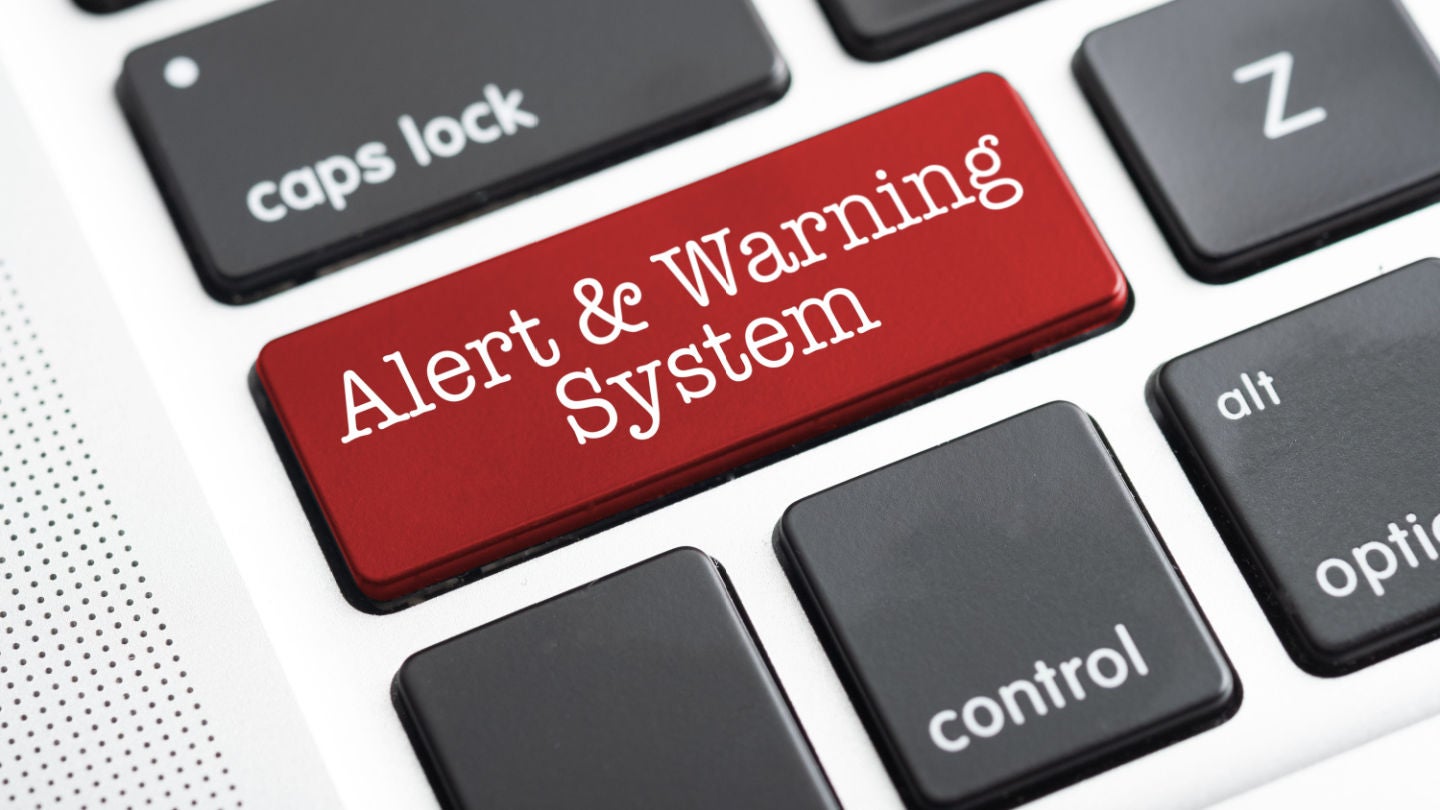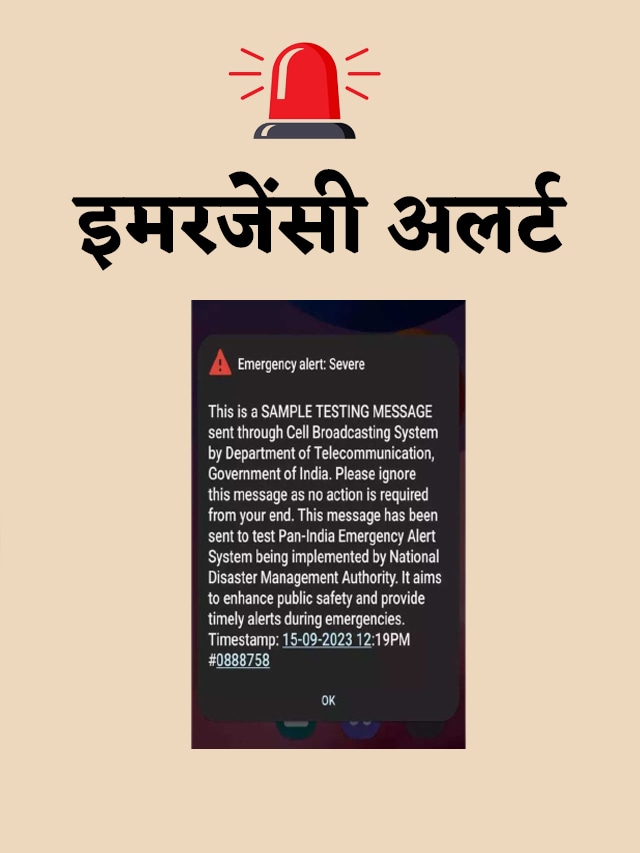In today's world, being prepared for emergencies is crucial. Natural disasters, severe weather conditions, and other crises can strike at any moment, leaving little time for reaction. This is where the Emergency Alert System (EAS) comes into play, a vital tool provided by
FEMA.gov to keep the public informed and safe. In this article, we'll delve into the details of the EAS, its importance, and how it operates to safeguard communities across the United States.
What is the Emergency Alert System?
The Emergency Alert System is a public warning system that requires broadcasters, cable television systems, wireless cable systems, satellite digital audio radio service (SDARS) providers, and direct broadcast satellite (DBS) providers to provide the President of the United States with a means to address the public during a national emergency. The system also may be used by state and local authorities to deliver important emergency information, such as AMBER alerts and weather alerts, to the public.
How Does the Emergency Alert System Work?
The EAS is designed to be a rapid and efficient means of disseminating critical information to the public. Here’s a step-by-step overview of how it works:
-
Activation: In the event of an emergency, authorized officials activate the EAS. This can be done at the national, state, or local level, depending on the nature of the emergency.
-
Alert Message Creation: An alert message is created, which includes crucial details about the emergency, such as its nature, affected areas, and necessary actions to be taken by the public.
-
Transmission: The alert message is then transmitted to EAS participants (broadcasters, cable systems, etc.), which are required by law to interrupt regular programming and broadcast the alert.
-
Public Notification: Upon receiving the alert, EAS participants immediately broadcast the message to their audiences, ensuring that the public is quickly informed about the emergency and any necessary actions they should take.
Importance of the Emergency Alert System
The Emergency Alert System plays a vital role in safeguarding the public during emergencies. Its importance can be seen in several aspects:
-
Timely Information: The EAS ensures that critical information reaches the public in a timely manner, which is crucial for preventing harm and facilitating evacuations or other safety measures.
-
Public Safety: By providing detailed instructions and updates, the EAS helps in minimizing the impact of emergencies on communities, thereby enhancing public safety.
-
Community Preparedness: The system also contributes to community preparedness by raising awareness about potential emergencies and the measures that can be taken to mitigate their effects.
The Emergency Alert System, as facilitated by
FEMA.gov, is a critical component of the nation's emergency management infrastructure. It serves as a powerful tool for disseminating vital information to the public during emergencies, thereby playing a pivotal role in saving lives and reducing the impact of disasters. By understanding how the EAS works and staying informed about emergency alerts, individuals can better prepare themselves and their communities for potential crises, ultimately enhancing national resilience against emergencies.
For more information on emergency preparedness and the Emergency Alert System, visit
FEMA.gov. Stay informed, stay safe.









